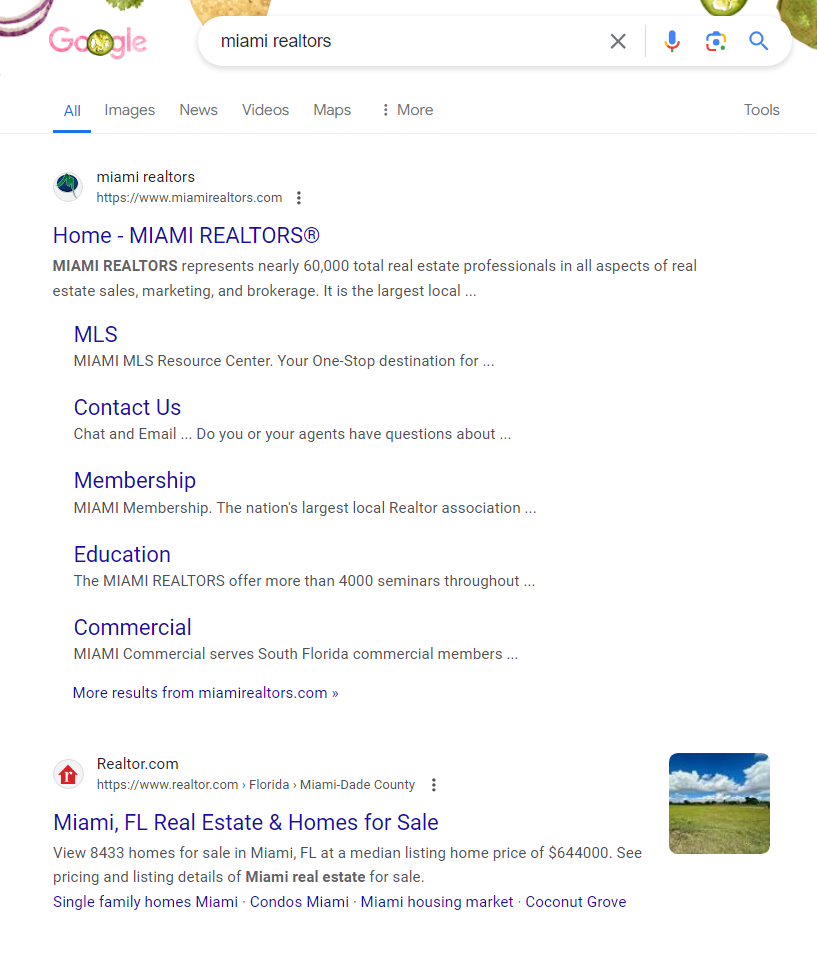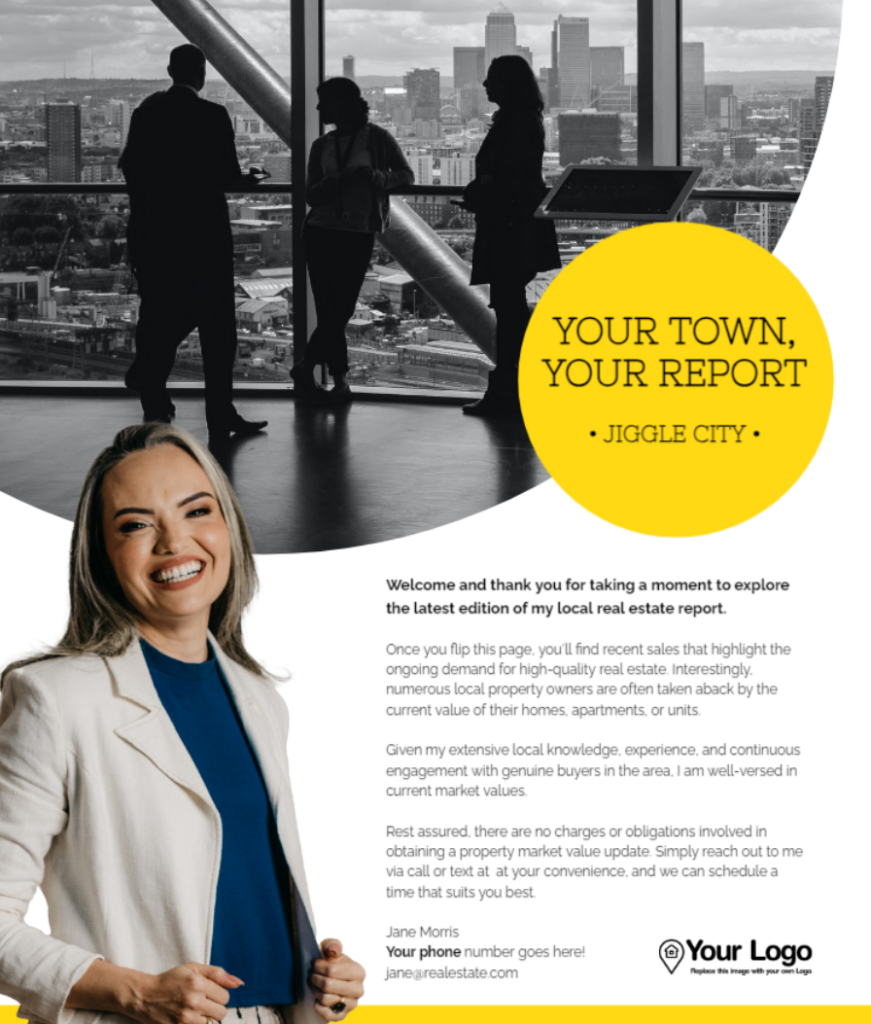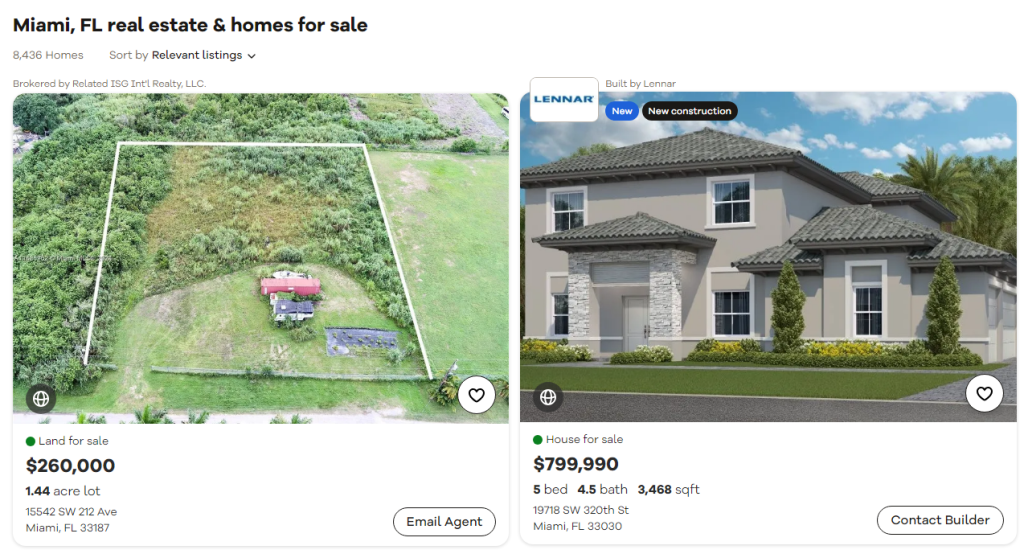You’re probably familiar with Search Engine Optimization (SEO). It’s what you do to ensure that people can find your website through search engines. Local SEO casts a smaller but more focused net, trying to help you target potential customers in a specific location.
Local SEO can help you build a reputation as the go-to realtor for a neighborhood or even an entire city, depending on how you implement it. This can pay off in spades in the long run because it helps you build your brand and collect more leads.
In this article, we’ll dig deeper into the concept of local SEO. Then we’ll go over a few ways in which you can use local SEO with Jigglar templates to get more real estate leads. Let’s get to it!
Why Focus on Local SEO for Real Estate
SEO involves a collection of practices you need to employ on your website to increase the chances that users will be able to find it. If you understand how SEO works and you employ best practices, you should be able to get a decent amount of traffic to your website (although this can vary).
With “regular” SEO, it’s typically normal to cast a wide net in terms of what kind of searches you want your website to appear for. Local SEO, on the other hand, focuses on helping you appear in searches for a specific location:
The power of local SEO is that it’s more targeted. You might get less traffic, but the visitors that do find you should be much more likely to want to use your services. That is because these users will likely be in closer physical proximity to you, which is key when it comes to finding a realtor.
How to Use Local SEO for Real Estate (3 Ways)
If you’re not familiar with how local SEO works, this section will provide several tips on how to leverage it for real estate. All the templates you see in these sections come from the Jigglar library of real estate marketing materials.
1. Emphasize Your Location
A significant part of local SEO comes down to emphasizing the area in which you operate. Ideally, you want customers to know you as “the realtor from X” instead of just a realtor.
This type of marketing can create a powerful association in customers’ minds. It also increases the chances that they’ll think of you if they need to buy or sell a property in that location since it’s part of your branding.
Ideally, you’ll emphasize your location across social media profiles, your website, and new publications. If you use Jigglar, you can easily customize any of its real estate social media templates and add location information to them.
2. Tailor Your Marketing Materials to That Location
Every marketing material you send, from a flyer to stationary, should highlight the area where you operate as a realtor. One common mistake that a lot of realtors make is not including that information and instead focusing solely on contact details such as your email or phone:
Those details are important, but location information is the first thing that a lot of potential customers will look at. Dealing with a realtor who doesn’t understand the neighborhood or the area where they’re focusing can bring with it a lot of downsides, so it’s important that you come of as an “insider” or a local.
Aside from including your location alongside other contact information, you can also send flyers or mailers that are specifically targeted toward neighborhoods. An example of this is this template of a breakdown of the local real estate market for a specific location:
You can update that template to reflect the numbers from the area you want to focus on. This kind of promotional material is fantastic for collecting leads because you’re offering value upfront instead of asking customers to contact you first.
3. Optimize Your Website for Local Searches
Since we’re talking about local SEO, we’d be remiss not to mention your website. If you don’t have a website for your real estate business, you’re missing out on potential leads and content marketing opportunities. Plus, a professional-looking website can make your real estate business look much more trustworthy.
If you have a website, a great way to leverage local SEO is to create unique pages for the locations and neighborhoods you want to focus on. This can be as simple as separating listings by location and setting up dedicated pages for them:
Your goal with this change is for your website to have a chance of appearing if someone searches for “real estate in X area”, “houses for listings in Y neighborhood”, or similar queries.
Note that it can be hard to rank for this type of keyword if there’s a lot of competition in your area in terms of real estate. Listing aggregators also tend to take the top spots for these kinds of searches, but if you can appear in the results for them (in a good position), you’re bound to get more leads.
Conclusion
As a realtor, one of the best ways to get more leads is to grow your brand. That means leveraging marketing so that more people are aware of you and they know who to contact in case they have any real estate needs. With local SEO, you can focus your brand around specific locations to make yourself easier to find by the people who live there or who are looking to buy properties in the area.
If you’re not sure how to go about implementing local SEO, start with the following steps:
- Emphasize your location.
- Tailor your marketing materials to that location.
- Optimize your website for local searches.
If you’re ready to work on local SEO to bring in more leads, try using Jigglar to help you create the marketing materials you need. Jigglar gives you access to a large library of templates and intuitive tools to customize them, and you can try the service for free!








